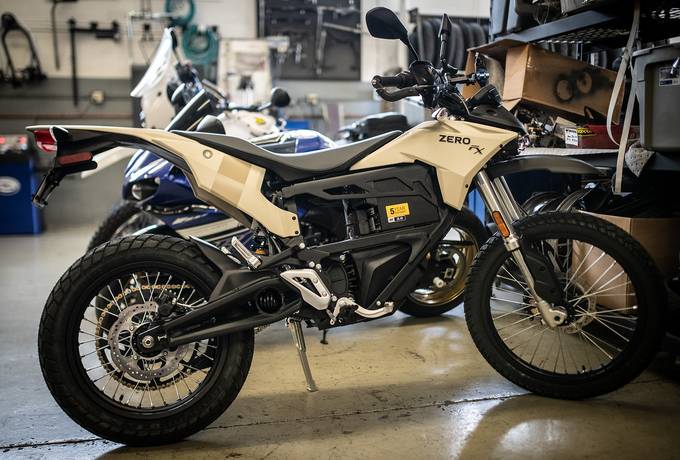Alot or A Lot?
Well, neither. It’s not “alot” but “allot.” Here’s an example of doing it wrong:

One word, allot, means to distribute something evenly in pieces, such as when a parent allots each child one piece of candy.
When you write about a bunch of something, you say that you have a lot of it. You could say there’s a lot of candy in the bowl.
There ain’t no such word as “alot.” Don’t use it.
Subscribe to this blog's RSS feed
Some Nice Punctuation
Back in the days of typewriters, all you had was the hyphen, and if you wanted something stronger, you typed two hyphens. But nowadays, with proportional fonts and all, we have the hyphen, the N-dash, and the M-dash. (Typographers, with their fonts and printing presses, always had these, by the way.)
Trouble is, lots of folks don’t know how to use all these professional tools. But I ran into an article the other day written by someone who did! The organization is Axios, the series is Axios Science, and the writer is Andrew Freedman. Link:
https://www.axios.com/newsletters/axios-science-b9b38725-e940-4c81-867d-64c7cac89f53.html
First, a hyphen, used correctly:
They used high-resolution climate models based on various emissions scenarios to project future changes in key cloud forest variables.
“high-resolution” is a compound adjective. Correct.
Next, an N-dash:
The study finds that in about 25–45 years, 70%–86% of páramo are likely to be drier or “be subject to tree invasion.”
You use the N-dash to indicate a range; in this case “25 to 45” and “70 to 86.” Correct.
Finally the M-dash, in the next article:
Considerable time is spent focusing on whether a planet is in its star’s “habitable zone” — an orbit in which liquid water can be sustained on the surface — but that alone can’t predict whether life will exist.
Use M-dashes for some kind of break, or as a strong set of parentheses to set off something important, which he did here. Technically he doesn’t need the spaces around the M-dashes (I don’t use the spaces) but it’s allowed. Maybe he wanted to strengthen the effect.
Here’s the picture that went with the first article:

A Common Disagreement
In English (okay, and many other languages) we have this concept called agreement. Agreement means that singulars go with singulars and plurals go with plurals. I remember this specific example being covered back in sixth grade. He gets it wrong. Can you spot it?

Well, panel 2. “type” is singular, but “those” is plural. It should be “that type of publication.” Or “those types of publications.”
Rearrange That Sentence!
I think I’ve mentioned sentences with more than one modifier a couple times recently. Here’s another one that puts them in the wrong order:
There was another in the service bay being outfitted for a customer that looked sweet.
https://www.cake.co/conversations/8V4znk5/i-went-to-san-jose-bmw-to-test-ride-a-zero-electric-motorcycle-and-got-distracted-by-serious-eye-can
Sweet-looking customer, eh? Here’s what looked so sweet:

The sentence should read, “There was another one that looked sweet in the bay being outfitted for a customer.”
Remember: Put things next to what they go with!
A Good Name for Not Being Concise
The last post was rather heavy duty, so here’s something lighter. The lesson is important, though. Being concise is one of the five main characteristics of good expository writing. Look up “concise” in the search box in the upper right corner, or request that essay about five critical techniques of good writing mentioned in the column on the right.

